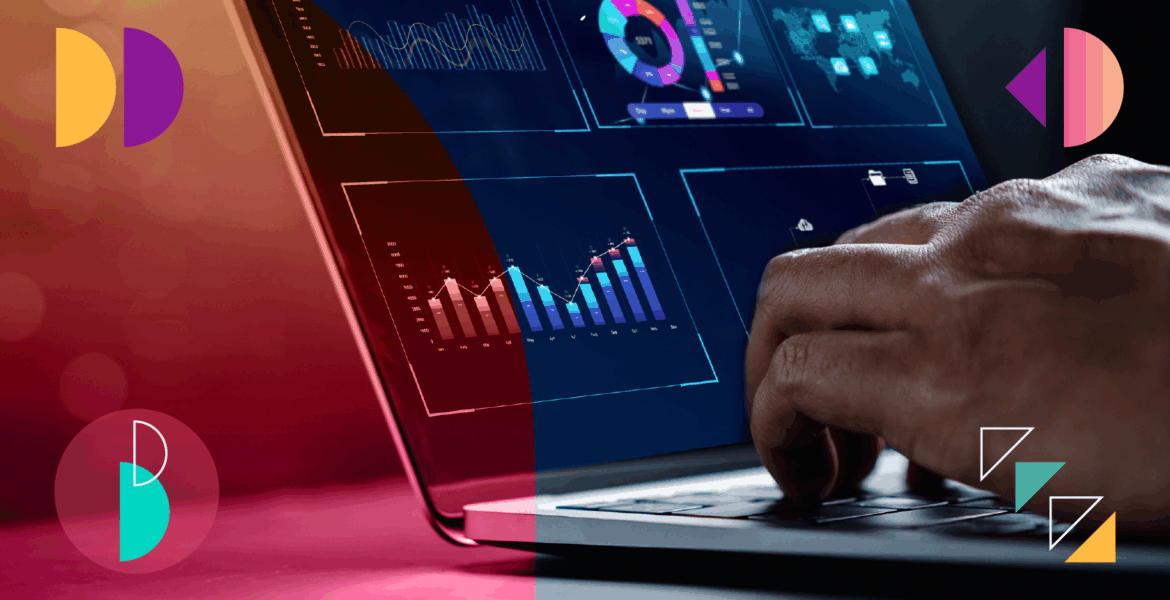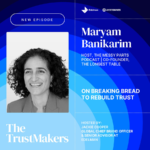By Anna Forbes, RVP of Northern Europe, DoubleVerify
Advertisers today are navigating changes. The explosion of short-form video and Connected TV (CTV), the rise of AI-generated content and the fragmentation of platforms have made it harder to build reach, ensure quality and prove media value.
A few years ago, well-placed media buys could deliver consistent reach across digital, but with consumers jumping between streaming sites, social apps and news feeds in seconds, it forces advertisers to cater to these different environments, each of which has their own performance dynamics.
It’s no exaggeration to say that the measurement tactics that have driven digital advertising for decades, such as multi-touch attribution, are breaking down altogether, forcing brands to rethink their playbook.
While viewability remains a valuable and foundational metric, attention has cemented itself as a more meaningful measure of campaign performance, particularly across the different creative formats, channels and platforms that now constitute the digital landscape.
Global attention data
The two critical dimensions of attention are exposure and engagement.
Exposure considers an ad’s presentation, quantifying its intensity and prominence through metrics such as viewable time, share of screen, video presentation, and audibility. Meanwhile, engagement considers key user-initiated events that occur while the ad creative is displayed, including user touch, screen orientation, video playback, and audio control interactions.
There’s a misconception that larger ads will stand out more, but at the programmatic level, other factors can influence the level of attention an ad receives, including ad size, device type, and media type.
What holds attention in CTV may not translate to social apps or mobile environments, and there are many variables that can determine attention levels. For example, recent research into audible and in-view on completion rates (AVOC), which is defined as the percentage of measurable impressions that were audible and at least 50% of the pixels were in view when the video reached completion, found that the overall global average AVOC was measured at 10%, but with significant variances based on both region and device. For example, the 10% global average does little to reveal the 33% AVOC performance rate measured globally within mobile apps.
Noticeable variances in attention performance (based on an average benchmark of 100) were also measured across different verticals, with technology (115) and e-entertainment (109) coming out on top, while financial services (98) and restaurants (94) lag behind.
Advice for media buyers
The introduction of attention-based measurement has brought much-needed insight for advertisers; however, it’s crucial for the industry to now avoid commoditising it as simply another item on an ever-growing list of metrics and indices. Attention isn’t one-size-fits-all, and applying a single benchmark across every channel is a mistake. Instead, attention requires detail and nuance at every impression and touchpoint.
To maximise success, media buyers need to tap into rich data streams to identify with deterministic solutions where attention is peaking and what formats are driving engagement.
This enables them to allocate spend more effectively, focusing on placements that are proven to generate high-quality engagement rather than just impressions or clicks. While this is undoubtedly a difficult and complex task, the good news for marketers is that there are AI tools that can help.
Unlike traditional methods, AI excels in analysing the vast mix of signals from fragmented ecosystems, providing a more nuanced understanding of what drives attention. Combined with trusted media quality and attention data, exposure and engagement metrics can be ingested by custom media-buying algorithms to automatically optimise for attention while simultaneously considering quality and cost.
This enables advertisers to identify the best-performing inventory without sacrificing scale. AI also helps to bridge the gap between upper and lower funnel objectives, allowing advertisers to better prioritise goals across channels and touchpoints.
Keeping a close eye on attention
In a media landscape defined by fragmentation, attention has emerged as a valuable currency. Maximising it demands both nuance and agility. Advertisers who embrace its complexity, benchmarking by format, optimising by context, and connecting it to real business outcomes, will gain a measurable edge. Doing so effectively requires deep data analytics, trusted data and advanced AI tools to optimise attention meaningfully, adapt in real-time, and align media decisions with consumer behaviour across every channel.
Read DV’s Benchmark Report here:
https://doubleverify.com/dvs-2025-q1-quality-attention-benchmark-report/











